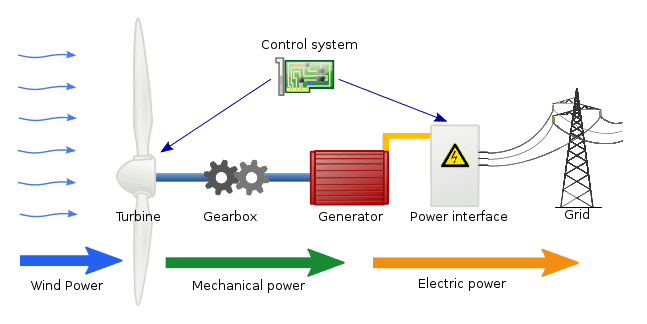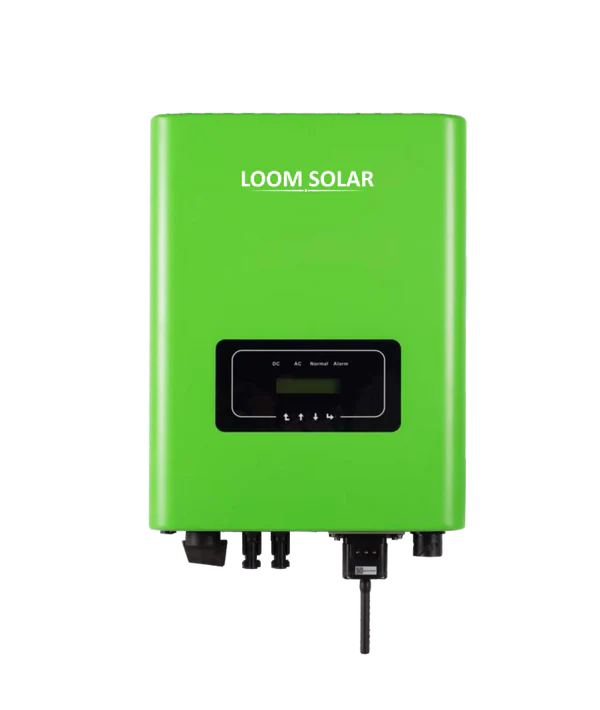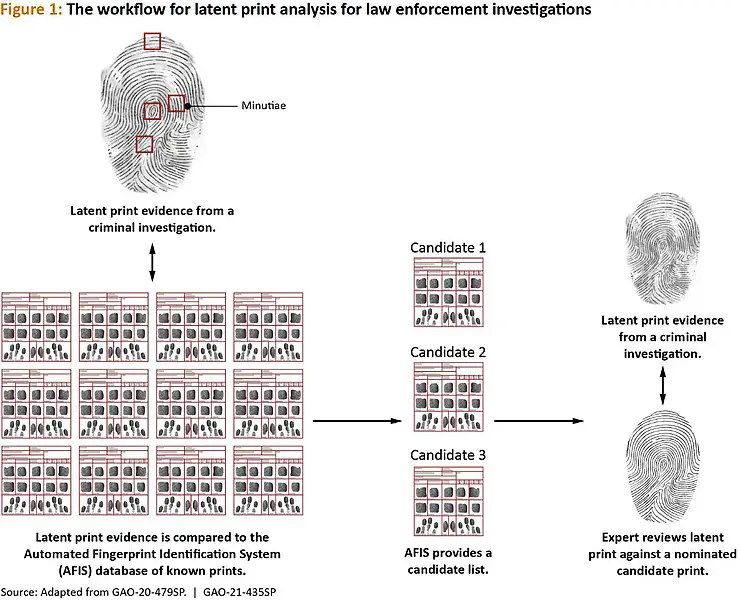10 Hybrid Car Components and Their Functions Explained
Hybrid car components include; Fuel Tank, Internal Combustion Engine (ICE), Electric Motor, Battery System, Transmission, Electric Generator, Exhaust, DC-DC Converter, Thermal Regulation System, Power-Control Unit.
These components are individually discussed as follows;
1). Fuel Tank as one of the Hybrid Car Components
The fuel tank in a hybrid car is a reservoir or storage unit that stores biofuel, gasoline or diesel which the vehicle commonly uses as one of its alternate sources of energy and power.
Fuel tank is one of the most important parts of a hybrid car, which makes it similar to a conventional gasoline car. The basic role of this component is to ensure that the vehicle has a potable supply of power.
The design of the fuel tank (size, structure) depends on the type of fuel being handled, as well as the capacity and demand of the vehicle. Some hybrid vehicles do not use fossil fuel-derivatives, but rather use liquid hydrogen as an alternate energy source [12].
The fuel tank is usually linked to the internal combustion engine, which helps to extract energy from the fuel through combustion. It may be considered a major energy storage unit, since fuels may have higher energy density than batteries [3].
2). Internal Combustion Engine (ICE) as one of the Hybrid Car Components
The internal engine (or gasoline engine) enables hybrid vehicles to combine the advantages and benefits of both gasoline and electric vehicle technologies.
It is one of the parts of a hybrid car which are directly responsible for power generation. In the internal combustion engine, fuel is broken down through combustion to release heat energy in a thermal reaction process. This energy is transformed to power which the car needs to operate.
Like the fuel tank, the design and capacity of an internal combustion engine depend on the needs and design and capacity of the vehicle itself. Also, because of the relatively-high energy density of fuels like gasoline, the combustion engine is usually the main power source for the vehicle.
The internal combustion engine is often adjoined with the electric motor and transmission parts of a hybrid car. These adjoined components may be collectively referred to as the Integrated Motor Assist (IMA).

3). Electric Motor as one of the Hybrid Car Components
In several cases, the two main parts of a hybrid car that handle propulsion are the combustion engine (ICE) and the electric motor [4].
The presence and function of an electric motor in a hybrid car, makes the car rely on stored electricity as one of its power supply options. This is precisely the case with all-electric vehicles, which rely solely on stored electricity.
Basically, the electric motor is an electromagnetic, electrodynamic device that operates in a manner that is reverse to the operation of an electric generator; by converting electricity to mechanical energy.
The electricity which is used by this component is commonly derived from the batteries, although it may also be derived directly from the combustion engine in some hybrid cars.
In addition to providing mechanical energy for propulsion, the electric motor helps in power storage, by conveying and converting mechanical waste energy (to produce electricity through electromagnetic induction) during regenerative braking.
Due to its dynamic role, the electric motor(s) shares connections with other parts of a hybrid car that control power supply, and propulsion.
A simple way to describe the function of an electric motor in a hybrid car is torque-production. Electric motors generate a rotational or twisting effect called torque, which enables the vehicle to perform acceleration within a short period of time [8]. This helps to rotate the wheels and propel the car.
Although electric motors can be classified into AC and DC categories by type, the AC motor is used more commonly due to higher efficiency and safety of its operation.
4). Battery System as one of the Hybrid Car Components
The battery system supplies stored power to parts of a hybrid car.
Primarily, the electric motor(s) depends on this component for its own operation.
The battery system may be composed of one or multiple batteries, with an overall voltage capacity that could range from as small as 12V, to over 200V.
Through regenerative braking, the battery system achieves energy conservation in a hybrid car, by capturing and storing waste mechanical energy from the braking process [2].
Depending on the design of the car, battery systems in hybrid cars could be recharged with power from the regenerative braking process, the combustion engine, and an external power source. Hybrid cars that can recharge their batteries at charging stations are called plug-in hybrid electric vehicles (PHEVs) [9].
The capacity of the battery system depends on the design and needs of the hybrid car. Decisions regarding battery capacity are very important since batteries can affect the geometry and weight of the vehicle.

5). Transmission as one of the Hybrid Car Components
All parts of a hybrid car that supply power and directly support propulsion, are connected to the transmission unit.
This is because the transmission or gearbox is solely responsible for conveying mechanical energy (from the combustion engine and electric motor), to the wheels of the vehicle.
Since it is the final energy transfer route to the wheels, the transmission is usually equipped to control the manned with which this energy transfer occurs, in terms of the amount of torque, and the alternation between battery and gasoline power sources. Some innovative efforts in automobile technology also involve automatic torque regulation by the transmission unit in a hybrid car [6].
The components discussed so far can be considered to be the most basic and important parts of a hybrid car. Other components are discussed as follows;
6). Electric Generator as one of the Hybrid Car Components
Electric generator is a component of series hybrid cars; in which the power supply systems are all connected in series to each other.
The function of this component is to improve overall energy efficiency by generating electricity from the mechanical rotation of other parts of a hybrid car, such as the electric motor shaft and the wheels.
More commonly, the electric generator in a hybrid car generates power from the wheels during acceleration and braking [11]. It is important to state that the electric motor functions as a generator in many hybrid vehicles. Developers of these vehicles design the electric generator with a goal to achieve energy and fuel efficiency while reducing greenhouse emissions [1].
Power generated by the electric generator in a hybrid car, is equally stored in the battery system.
7). Exhaust as one of the Hybrid Car Components
Gaseous byproducts are produced as a result of the operation of the parts of a hybrid car.
These gaseous byproducts are released from the vehicle by the exhaust system.
Exhaust systems in hybrid vehicles are often designed to reduce emissions so as to improve the sustainability of these vehicles. Also, the nature of exhaust emissions can be used to assess the performance of a hybrid car [10].
8). DC-DC Converter as one of the Hybrid Car Components
The DC-DC (or DC/DC) converter in a hybrid car functions in a manner similar to a conventional inverter.
This component basically converts power in the vehicle from one form to another, as required. Often, the conversion involves transforming a high-voltage DC from the battery system or engine, to low-voltage DC that can be used to power the accessories of the vehicle.
Objectives of using converters in hybrid cars, include improved engine output and drive range [5].
9). Thermal Regulation System
The thermal regulation system (also called ‘thermal management system’ or ‘thermal system’) is responsible for managing the temperature of other parts of a hybrid car.
This may be in the form of heating or cooling.
Cooling is required to prevent overheating of sensitive components like the electric motor, battery system, engine, and accessories.
Heating or warming is required to augment engine heat and warm the interior of the vehicle.
The thermal management system conserves energy by reducing unnecessary heat losses; and maintaining the hybrid car within an optimal operational temperature range. This system is equipped with heat transfer fluids and other mechanisms which enable it to regulate temperature.
10). Power-Control Unit as one of the Hybrid Car Components
The Power Control Unit (PCU) or power controller, regulates the flow of electricity to all parts of a hybrid car.
Most importantly, the power control unit regulates the speed and torque of the electric motor, thereby controlling the performance of the vehicle. It works alongside the DC/DC converter to optimize power supply within the vehicle.
Conclusion
Parts of a hybrid car are;
- Fuel Tank
- Internal Combustion Engine (ICE)
- Electric Motor
- Battery System
- Transmission
- Electric Generator
- Exhaust
- DC-DC Converter
- Thermal Regulation System
- Power-Control Unit
References
1). Choi, U. D.; Kim, K. T.; Kim, Y. N.; Kwak, S. H.; Kin, K. M.; Lee, S. D.; Jang, S. J.; Becksteard, K. (2006). “Development of the Power Generator for Series Hybrid Electric Vehicle.” Strategic Technology, The 1st International Forum. Available at: https://doi.org/10.1109/IFOST.2006.312354. (Accessed 20 June 2022).
2). Daneshpajooh, E. (2021). “Hybrid electric vehicles.” Available at: https://www.researchgate.net/publication/350671417_Hybrid_electric_vehicles. (Accessed 21 June 2022).
3). Fischer, M.; Werber, M.; Schwartz, P. V. (2009). “Batteries: Higher energy density than gasoline?” Energy Policy. Available at: http://dx.doi.org/10.1016/j.enpol.2009.02.030. (Accessed 21 June 2022).
4). Hageman, M.; McLaughlin, T. E. (2018). “Considerations for Pairing the IC Engine and Electric Motor in a Hybrid Power System for Small UAVs.” 2018 AIAA Aerospace Sciences Meeting. Available at: https://doi.org/10.2514/6.2018-2132. (Accessed 21 June 2022).
5). Kalappan, K. B. (2020). “Design and Analysis of Converters for Hybrid Electric Vehicle.” 35th Indian Engineering Congress on Engineering for Self-reliance and Sustainable Goals. Available at: https://www.researchgate.net/publication/349026553_Design_and_Analysis_of_Converters_for_Hybrid_Electric_Vehicle. (Accessed 20 June 2022).
6). Khadeev, R. (2018). “The New Transmission for a Hybrid Car.” Engineering 10(04):125-129. Available at: https://doi.org/10.4236/eng.2018.104009. (Accessed 20 June 2022).
7). Liu, V. (2010). “Design of Power System Control in Hybrid Electric.” World Electric Vehicle Journal 4(1):49-54. Available at: https://doi.org/10.3390/wevj4010049. (Accessed 20 June 2022).
8). Mohammed, K. G. (2020). “Mechanical and Electrical Design Calculations of Hybrid Vehicles”, in A. El-Shahat, M. Ruba (eds.), Applied Electromechanical Devices and Machines for Electric Mobility Solutions, IntechOpen, London. Available at: https://doi.org/10.5772/intechopen.91059. (Accessed 21 June 2022).
9). Mosin, M. (2020). “PLUG-IN-HYBRID ELECTRIC VEHICLE.” Available at: https://www.researchgate.net/publication/343682685_PLUG-IN-HYBRID_ELECTRIC_VEHICLE. (Accessed 21 June 2022).
10). Pielecha, J.; Kubiak, P.; Wozniak, M.; Siczek, K. (2022). “Exhaust Emissions from Plug-in and HEV Vehicles in Type-Approval Tests and Real Driving Cycles.” Energies 15(7):pp 1-38. Available at: https://doi.org/10.3390/en15072423. (Accessed 20 June 2022).
11). Un-Noor, F.; Sanjeevikumar, P.; Mihet-Popa. L.; Mollah, M.N.; Hossain, E. (2017). “A Comprehensive Study of Key Electric Vehicle (EV) Components, Technologies, Challenges, Impacts, and Future Direction of Development.” Energies 10(8). Available at: https://doi.org/10.3390/en10081217. (Accessed 21 June 2022).
12). Yang, M.; Hu, S.; Yang, F.; Xu, L.; Bu, Y.; Yuan, D. (2021). “On-Board Liquid Hydrogen Cold Energy Utilization System for a Heavy-Duty Fuel Cell Hybrid Truck.” World Electric Vehicle Journal (IF). Available at: https://doi.org/10.3390/wevj12030136. (Accessed 21 June 2022).


